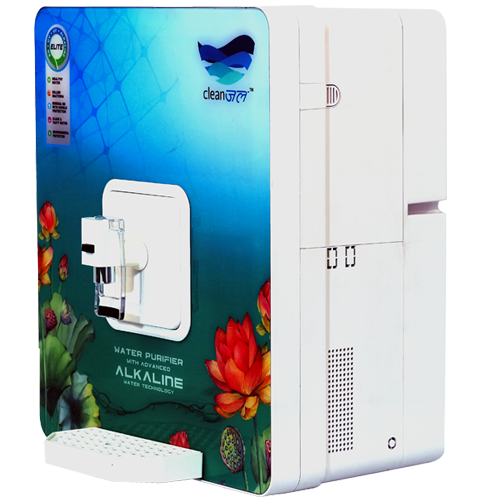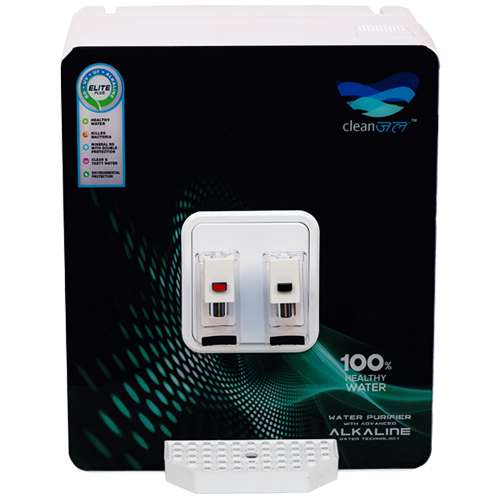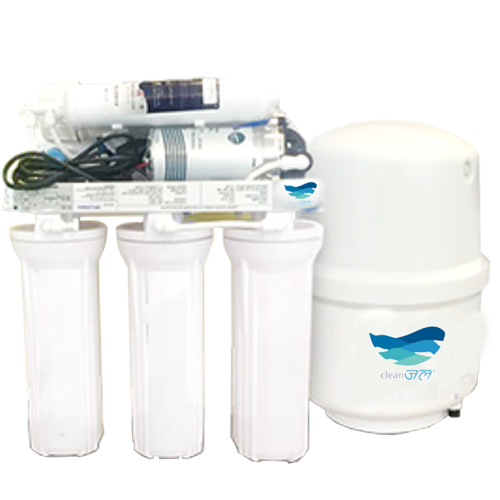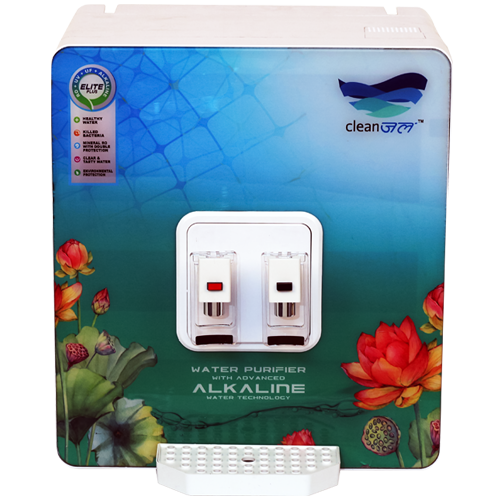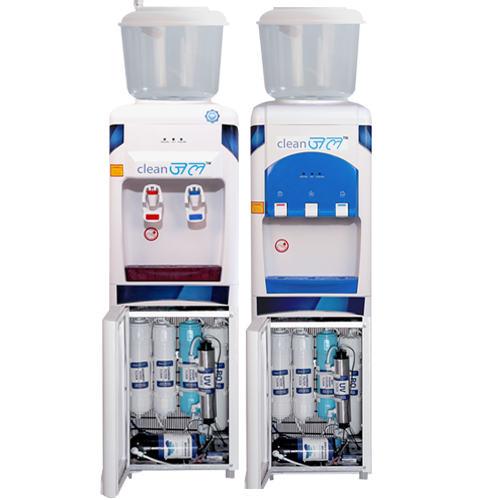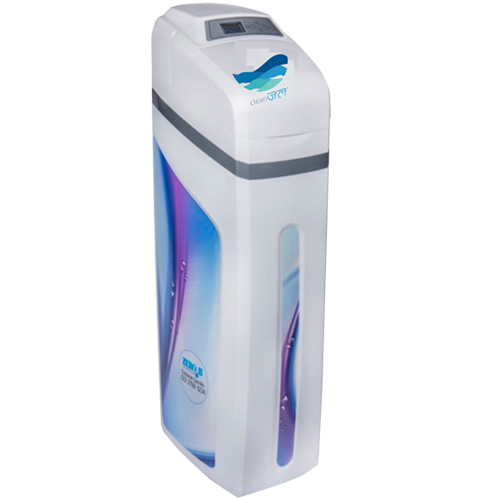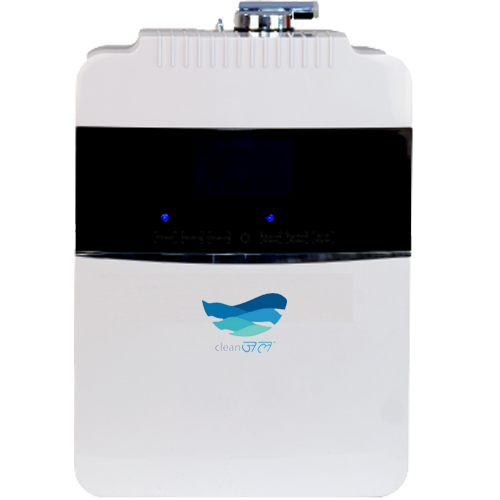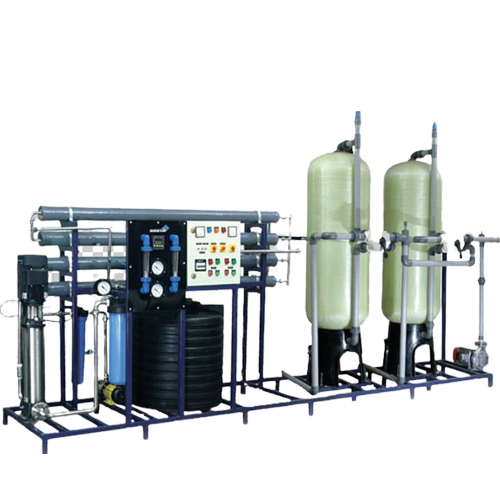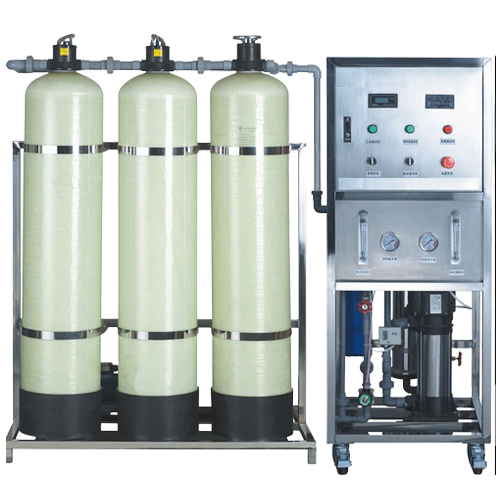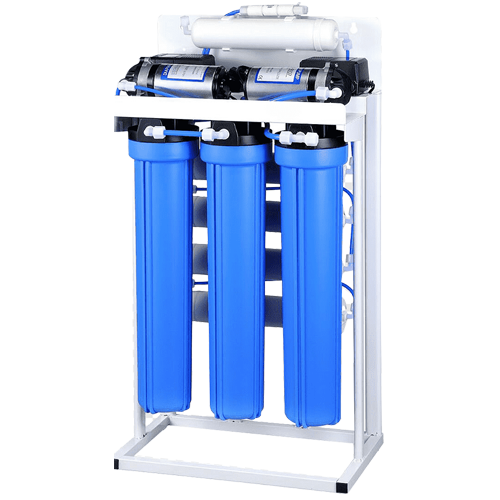Testing the water you use to hydrate yourself is essential for ensuring the quality of the water you drink. This is why having a reliable and accurate TDS meter is more important than ever before. TDS stands for total dissolved solids and it measures how much-dissolved material, such as minerals and contaminants, are in the water.
It’s important to know exactly how much of these dissolved solids are present so that you can take action if need be. In this blog post, we will explore the basics of TDS meters and why they are essential for testing your water. We’ll also look at what to consider when buying a TDS meter, so read on to learn more!
What is a TDS Meter?
What is TDS Meter? A TDS meter is a device that measures the total dissolved solids (TDS) in water. TDS includes all ionizable minerals, such as calcium, sodium, chloride, and magnesium, as well as organic matter and metals. The TDS of water can be an indicator of its purity; the higher the TDS, the more impurities are present.
TDS meters are used to test the quality of water for diverse applications including drinking water, aquariums, pools and spas, boilers and cooling towers, reverse osmosis systems, and wastewater treatment. In many cases, a specific target TDS level is desired; for example, in drinking water quality testing the U.S. Environmental Protection Agency has set a maximum contaminant level goal (MCLG) for a lead of zero because no level of lead exposure is considered safe.
There are two main types of TDS meters: conductivity meters and refractometers. Conductivity meters measure the ability of water to conduct an electrical current; the more ions present in the water, the higher its conductivity. Refractometers measure how light bends as it passes through a sample of water; again, the more dissolved solids present, the greater the refractive index and the higher the reading on a refractometer. To use either type of meter, a sample of water is typically placed in a cell or cuvette and inserted into the meter. The meter then displays a reading
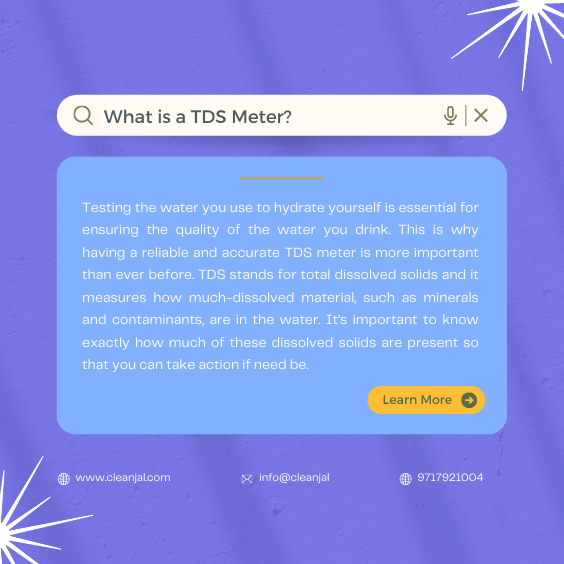

Pros and Cons of Using a TDS Meter
There are many reasons to use a TDS meter when testing the quality of water, but there are also some potential drawbacks to consider.
PROS:
- TDS meters are very accurate and provide reliable results.
- They are easy to use and require no special training or knowledge.
- TDS meters are widely available and relatively inexpensive.
- They allow for quick and convenient testing of water quality.
- The results of a TDS test can be easily interpreted.
- TDS meters can be used to test a variety of water sources, including tap water, well water, and even swimming pool water.
- TDS levels can be used as an indicator of other water quality parameters, such as conductivity, hardness, and alkalinity.
- TDS levels can be used to monitor the efficacy of water treatment systems, such as reverse osmosis filters or ion exchange systems.


How to Use a TDS Meter
To use a TDS meter, simply remove the cap and insert the meter’s probe into the water. Wait for the reading to stabilize, then remove the probe and check the display. The reading should be between 0-10 ppm for safe drinking water.
If the reading is above 10 ppm, that means the water is not safe to drink and you will need to take steps to purify it before consumption. Boiling is the most common and effective way to purify water, but you can also use a water filter or other purification methods.
Where to Buy a TDS Meter
There are a few things to consider when purchasing a TDS meter. The first is what type of meter you need. There are handheld meters, inline meters, and benchtop meters. The next thing to consider is the range that the meter measures. The third thing to consider is the accuracy of the meter.
Handheld TDS Meters:
A handheld TDS meter is the most common type of meter. They are small and portable so they can be taken with you wherever you go. They typically have a range of 0-9990 ppm and an accuracy of +/- 2%.
Inline TDS Meters:
Inline TDS meters are installed directly into your water line so they are constantly measuring the water quality. They usually have a larger range than handheld meters, from 0-9999 ppm, and an accuracy of +/- 1%.
Benchtop TDS Meters:
Benchtop TDS meters are larger and more accurate than handheld or inline meters. They typically have a range of 0-9999 ppm and an accuracy of +/- 0.5%.
Conclusion
Testing the quality of your water with a TDS meter is an important part of ensuring that you have clean, safe drinking water. With this information, you can take proactive steps to make sure that your family is not exposed to hazardous substances or pollutants.
A TDS meter can quickly and accurately measure the total dissolved solids in your water, helping you to know exactly what kind of water you are consuming every day. Investing in a quality TDS meter could be essential for protecting the health and well-being of yourself and your loved ones.


